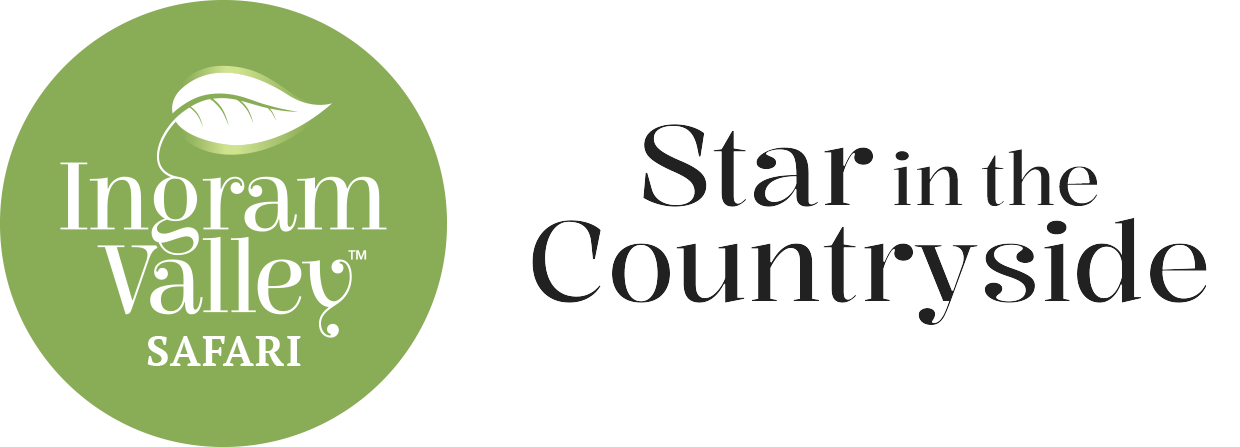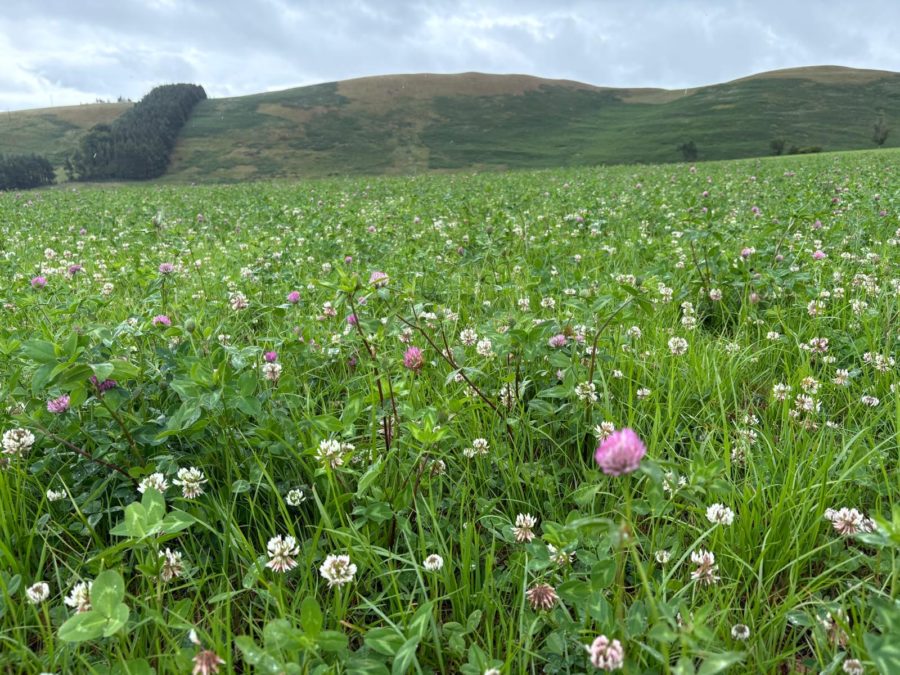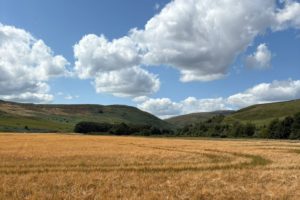It is Wildflower Season at Ingram Valley Farm! The perfect excuse to stop scrolling and start spotting on your wildlife safari tour!
Wildflowers are nature’s way of saying “I’ll grow where I like, thanks!”. No fancy gardens, or symmetrical lines, just random bursts of colour, shape and size which can appear just as suddenly as they can disappear.
But here’s the thing, wildflowers are beginning to disappear at an alarming rate beyond natural cycles. Since the second world war, the UK has seen a disappearance of over 97% of wildflower meadows due to urban development and industrial farming. That means that the remaining 3% of wildflowers are now scattered across the country in isolated patches – which break up vital wildlife corridors for insects and mammals.
Why does this Matter?
Wildflowers support a huge range of pollinators such as bees, butterflies, and beetles. And whilst these insects often go unrecognised, they are actually the workers of the ecosystem. One of the most important workers in wildflower meadows is the bee, however declining areas of wildflowers, have led to a significant decrease in bee populations in the UK.Whilst the bee, like many insects, is an important pollinator in the ecosystem, it also plays a huge role in British food production.
“Pollinators such as bees are worth a staggering £690 million per year to the British economy, and more than three-quarters of the worlds crops rely on them”
– WWF
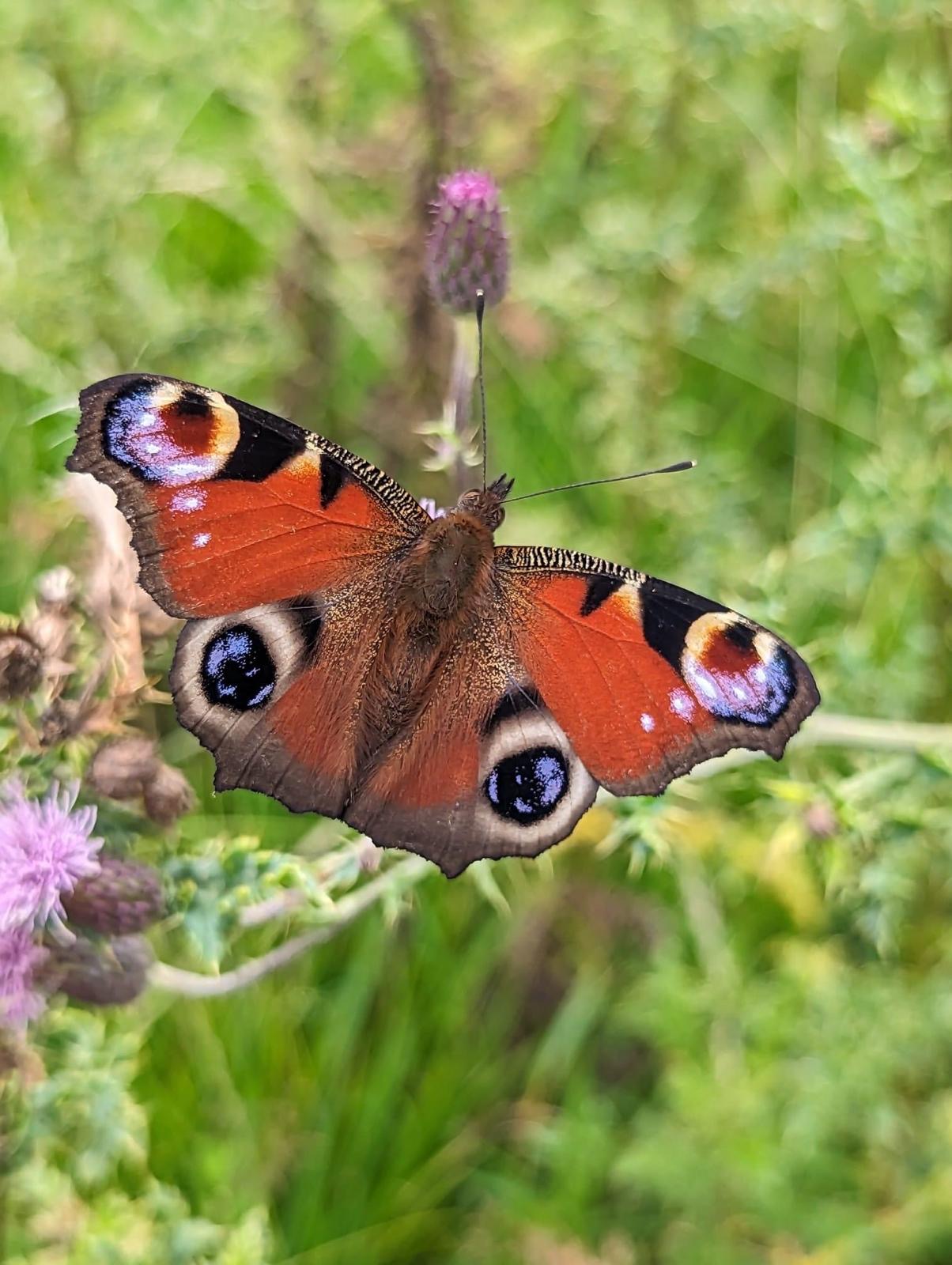
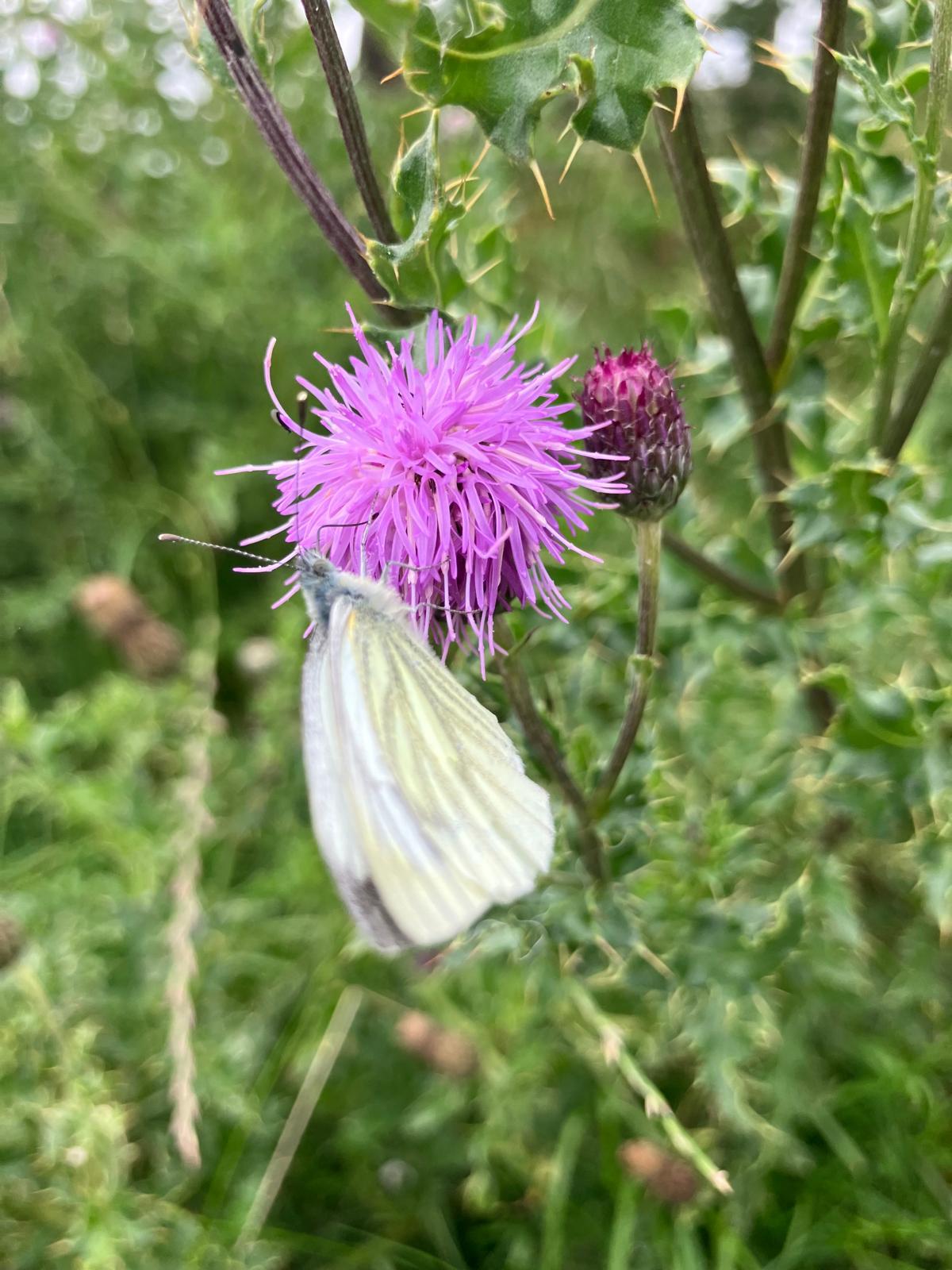
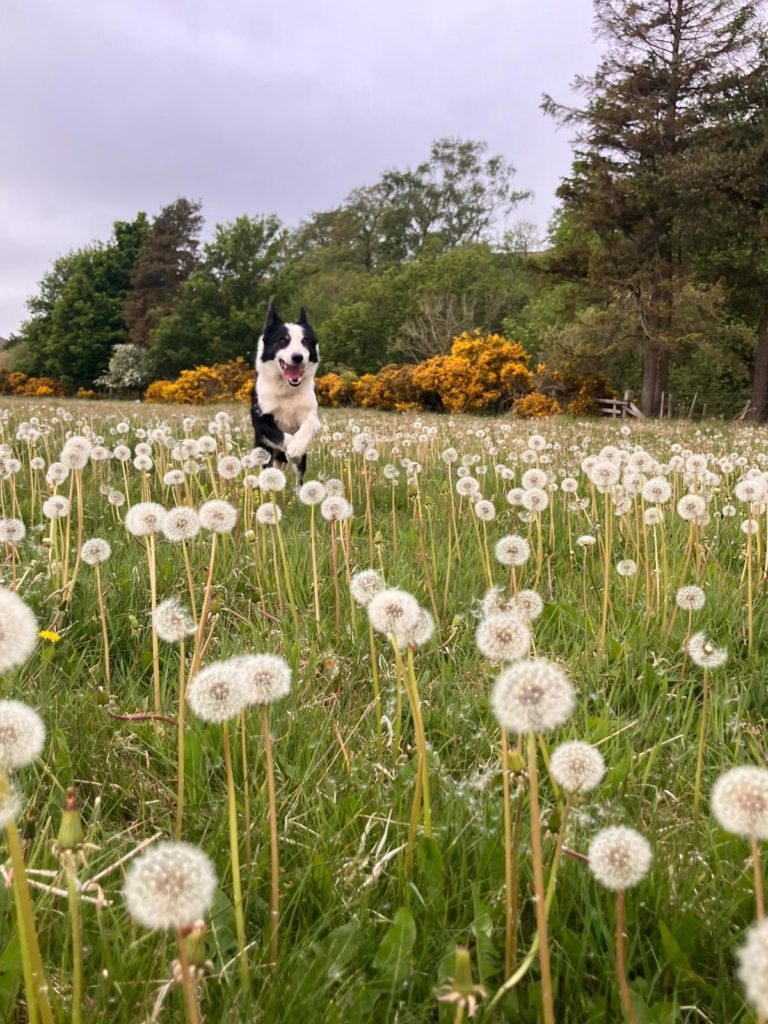
But it’s not just the animals in the ecosystem which rely on wildflowers, we also benefit from them in a changing climate. Removing wildflowers decreases flood defence. As when wildflower meadows are healthy, they create deep complex root systems which help stabilise the soil, preventing nutrient run off in heavy rainfall. They also have the ability to sequester lots of carbon, helping the UK keep our emissions low. So, with all this potential the UK is now on a mission, to resurrect our wildflower land cover.
Wildflower Season at Ingram Farm
In late spring and early summer (May-June), look out for bright bluebells, tall foxgloves, and golden buttercups. Then watch the species shift, as the summer (June-August) brings cheerful red poppies and bright cornflowers into our meadows.
Popular species you are likely to spot first at our farm is the Fen Violet, Harebell and Cowslip. These species can be easily identified by their colour and unique flower heads and are the best species to identify if you are a beginner botanist. The flower heads on a Cowslip plant were once believed to be the key to open the door to the secret door of knowledge, in Norse mythology. Whereas the Cornflower has connections to Greek mythology and is believed to have healing properties against poisonous venom!
In fact, the Greeks were right. In today’s medicine, we do actually use wildflowers for their healing properties. Take Fox gloves, a simple garden plant found all across the UK, this plant contains a compound called digitalin is used to treat heart diseases! So, when observing these flowers, remember these meadows could provide the cure to some of the most pressing health issues in the 21st century! They just haven’t been discovered yet … and that’s where the botanical society of Britain needs you!

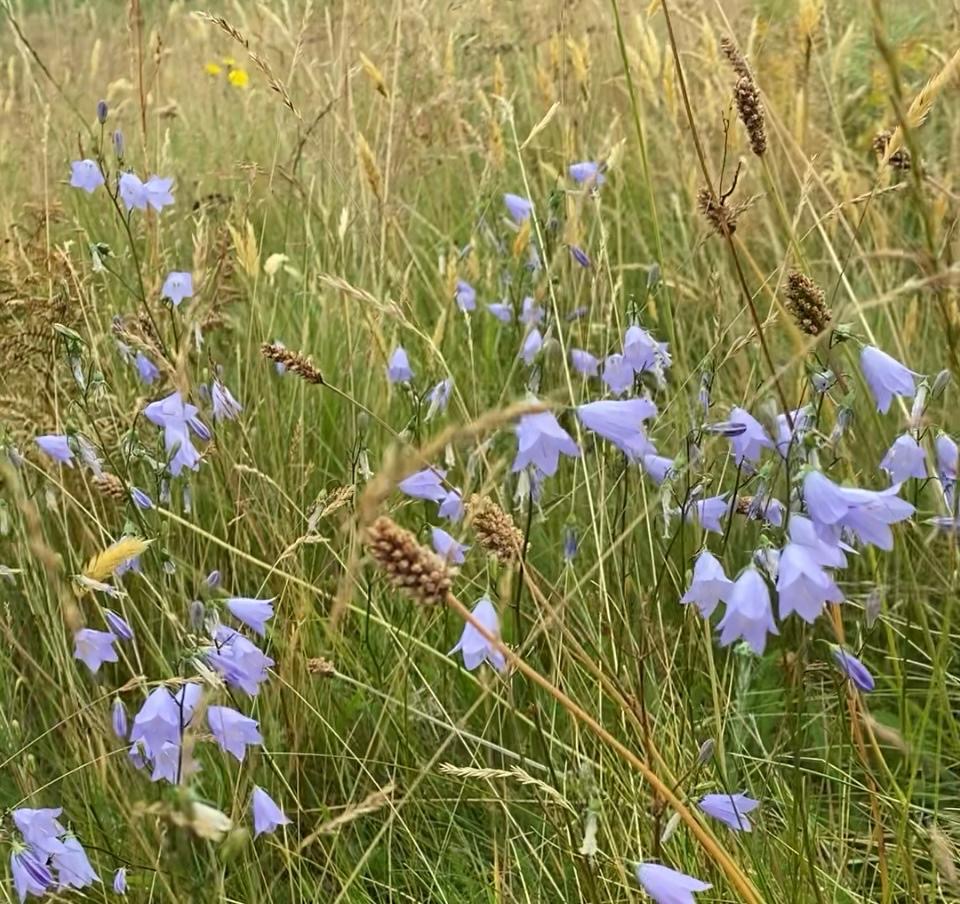
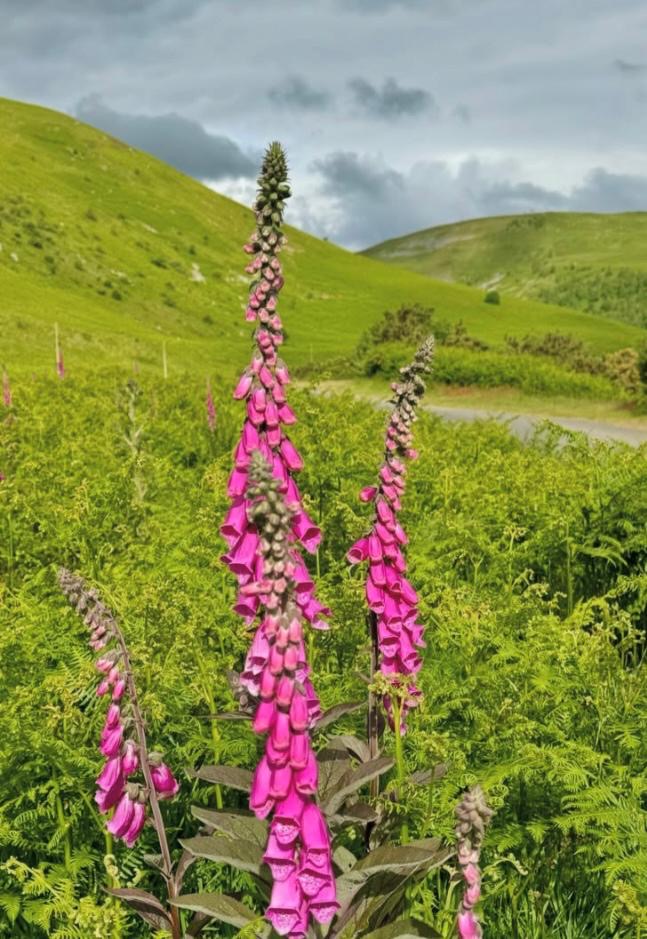
Get Involved …
Identifying plants is complex, as a single meadow can contain over 100 species! However, you don’t have to be a plant expert to get started! The app “PlantNet” is a great way of using technology in the wild. Simply snap some pictures of your unknown plant and let the database do the work for you! The app is suitable for the whole family and is a great way of identifying in the field. An important skill in a botanists life!
Remember it is important not to pick wildflowers, as this harms local ecosystems, reduce food sources for pollinators, and prevent plants from reseeding naturally for the next season. However blowing off a seed head on a dandelion is always encouraged, and is the traditional way to make a wish with the scattering of seeds carrying your wish away.
Want your pictures to go further? Or seen something rather unusual! Then why not get involved with the National Parks UK Lookwild project on iNaturalist. Here your observations will contribute to citizen science in the monitoring of species in Northumbria. This will then help specialists identify areas of high biodiversity, which can direct conservation efforts and surveys!
